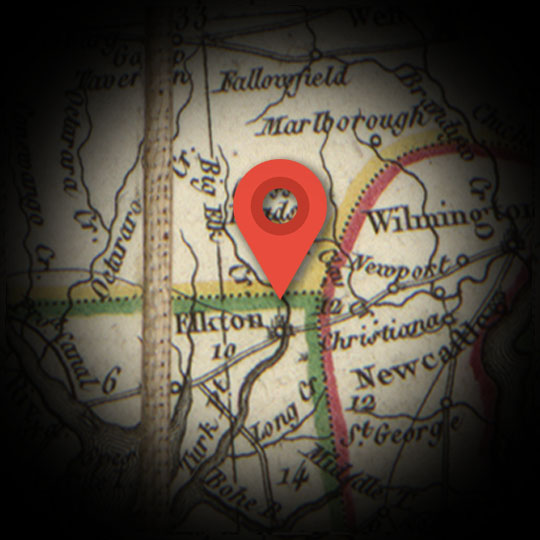HEAD-OF-ELK
Explore
The Marquis de Lafayette had hastily written George Washington to inform him that Lord Cornwallis—the lead commander of Britain’s “Southern Strategy” in the latter stages of the Revolutionary War—had apparently walked right into a trap.
After a punishing campaign across Virginia, Cornwallis was resting his troops on the Chesapeake peninsula—leaving them vulnerable to being flanked by enemy forces by land on one side, and sea on the other.
Alexander Hamilton had succeeded in his goal of persuading George Washington—with whom he had had a personal and professional rupture—to grant him a command in the field for what the patriots hoped would be a decisive maneuver against the British.
Hamilton was en route to play his role in the Yorktown Campaign when he stopped here in what is now Elkton, Maryland, on September 6, 1781.
Anticipating possible life-threatening danger ahead, he wrote his wife, Elizabeth Hamilton, from here:
“I sink at the perspective of your distress, and I look to heaven to be your guardian and supporter. Circumstances that have just come to my knowledge, assure me that our operations will be expeditious, as well as our success certain.”
Head-of-Elk—a strategic point between the Elk River and Chesapeake Bay—had seen quite a bit of action during the Revolutionary War. British General William Howe landed 16,000 troops here in August, 1777, in preparation for his successful march to seize Philadelphia.

TIME FRAME:
September 6, 1781
